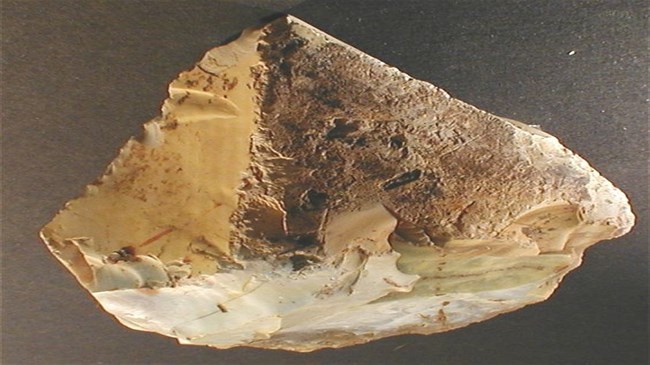
According to the Research Institute of Iran's Cultural Heritage, Handicrafts and Tourism, the head of the archeological team in Anjiri Cave, Sonia Shidrang said that the first exploration season in the cave, which began in late December, focused on the sequence of Paleolithic establishments, their chronology and interdisciplinary studies such as the climate in the region in ancient times, its geomorphology and sedimentation.
She added that the best interdisciplinary Iranian experts, both in Iran and abroad, Japanese archeologists as well as Tokyo University Museum, which funded the costs of excavations, were involved in the current exploration season.
Shidrang further remarked that the explorations further sought to evaluate the conditions of the remaining layers. She listed the findings in the current season as pottery pieces from the Elamite era, as well stone hand cuttings belonging to the Neolithic and the late Paleolithic periods along with a considerable amount of animal remains mainly goat, sheep and cattle.
Anjiri Cave, she noted, is among the large and registered caves in the Marvdasht region which was identified by American archeologist Michael Rosenberg in the mid-1970s during excavations and was introduced as a Paleolithic location.
Shidrang added that the area was surveyed over the past two decades by Paleolithic researchers from Iran National Museum and young archeologists from Fars Province and their archeological findings were studied.
She underlined that the excavations were conducted with many questions in mind such as existence of consistency between the cultures of the Middle and New Paleolithic eras and/or climatic conditions of the place in different eras as well as the chronology of cultural and environmental changes.

Add new comment